How are fish farms like the ones in China made?
Ever wondered where your fish comes from? Many are sourced from massive farms in China, but the conditions there can be a mystery, raising concerns about safety and quality.
Fish farms in China are typically constructed as either traditional earthen ponds or modern recirculating aquaculture systems (RAS). Earthen ponds are excavated and filled with water, while RAS involves tanks and advanced water filtration technology to create a controlled, high-density environment for raising fish like tilapia.
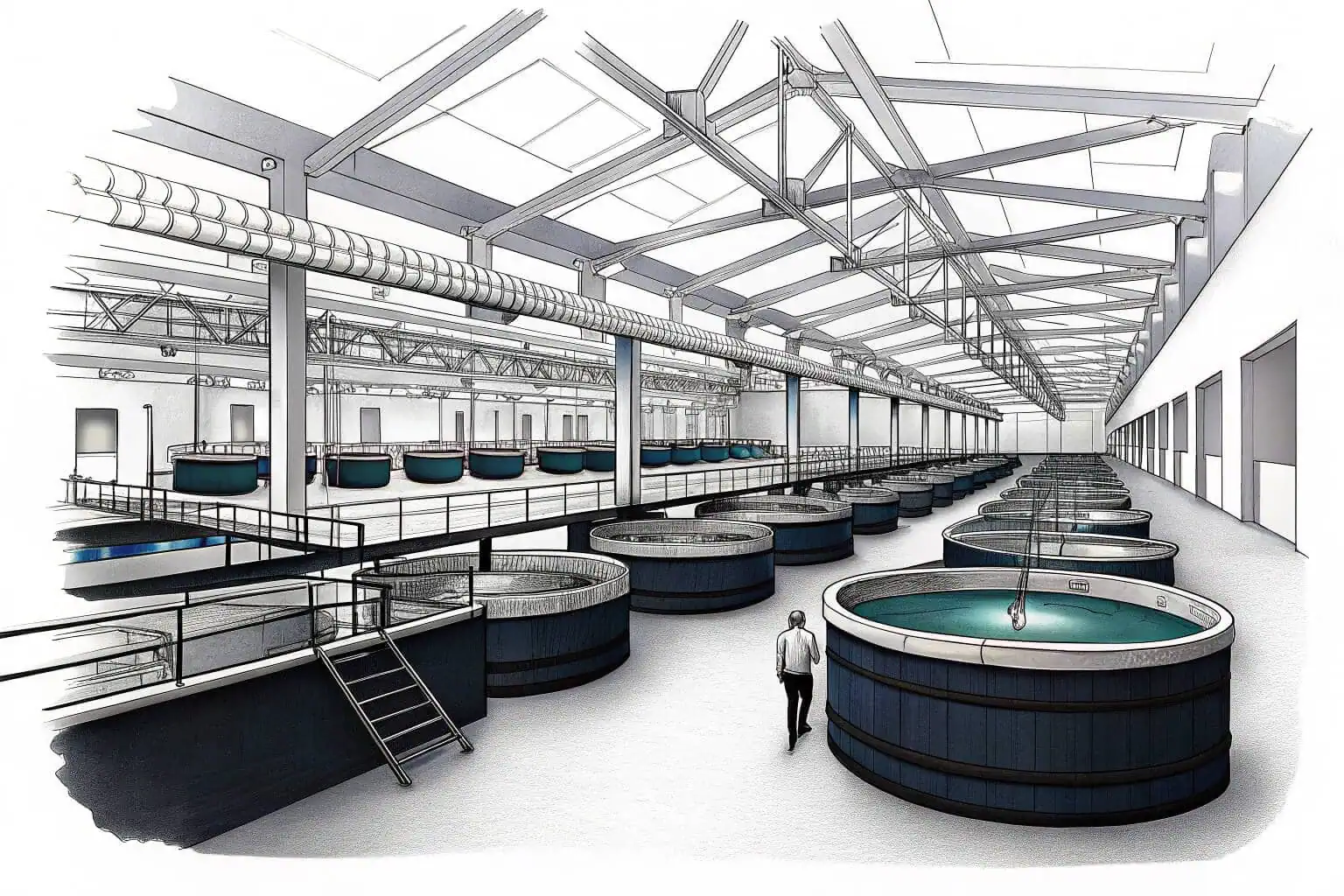
As someone deeply involved in the aquaculture industry, I've seen firsthand how these farms operate. The methods used to build and manage them are critical not just for the business, but for the health of the fish and, ultimately, the consumer. It's a complex world of technology, biology, and logistics. Let's dive into how it all works, from the ground up, and address some of the tough questions you might have about safety and quality.
Is farm-raised tilapia from China safe to eat?
Worried about the safety of tilapia from China? You've likely heard stories that make you hesitate at the seafood counter, leaving you unsure if it's a healthy choice for your family.
Yes, farm-raised tilapia from China is generally safe to eat, provided it comes from reputable farms that adhere to strict quality control and international food safety standards. These farms are often monitored to ensure water quality and responsible farming practices, making their products safe for consumption.
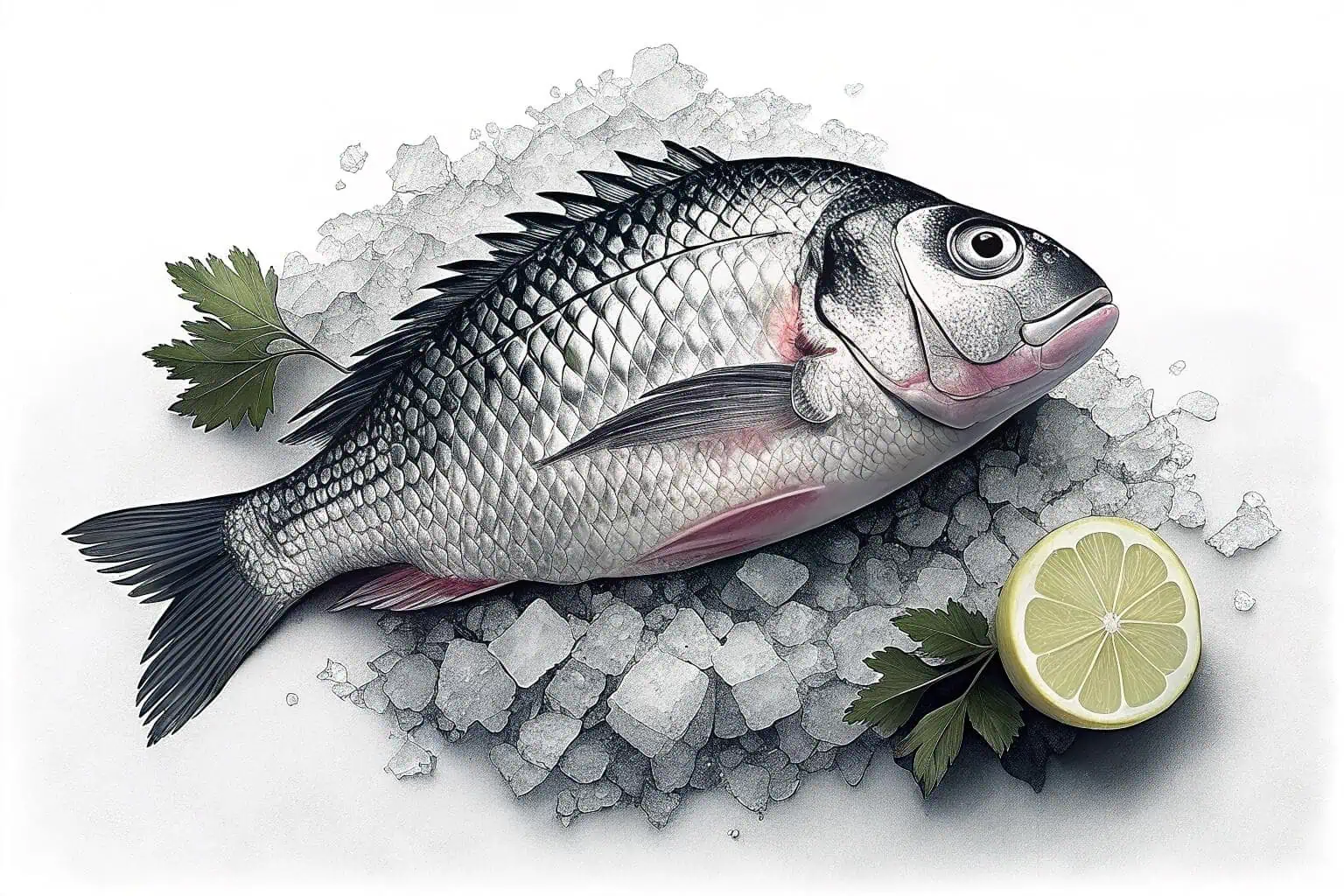
I understand the concern. The 'Made in China' label can sometimes carry a stigma, especially with food. But I've worked with many facilities that are as clean and technologically advanced as any you'd find in the West. The key is knowing what to look for. The journey of a tilapia from a farm in China to your plate involves multiple stages of quality checks. Let's break down what makes these fish safe and what red flags to watch out for. It's all about transparency and regulation1.
How is Water Quality Managed?
Water is the lifeblood of any fish farm. In China, modern farms use advanced systems to keep it clean. Recirculating Aquaculture Systems (RAS) are becoming more common. These systems continuously filter and recycle water, removing waste and adding oxygen. This means the fish live in a healthier environment, free from many of the pollutants you might worry about. Regular testing is also a standard practice. Technicians check for things like ammonia, nitrates, and pH levels2 to ensure the water is perfect for the fish.
What About Feed and Growth Hormones?
A frequent concern revolves around the feed and potential use of hormones in Chinese tilapia farming3. Reputable farms in China address this by utilizing specially formulated feeds that provide all the essential nutrients for healthy and robust tilapia growth. Regarding hormones, their use is largely prohibited in the Chinese aquaculture industry for products destined for export markets. Farms exporting to regions like Europe and the US are subject to rigorous regulations, explicitly forbidding the use of growth hormones. Instead, they prioritize optimal nutrition and a clean environment as the drivers for fish growth. Here's a breakdown of how feed and hormones are managed in modern Chinese tilapia farming for export:
| Aspect | Practice in Reputable Chinese Tilapia Farms (Export-Oriented) | Regulatory Context |
|---|---|---|
| Feed | Use of specially formulated, nutritionally balanced feed | Designed to provide all necessary nutrients for healthy growth |
| Growth Hormones | Widely banned for export products4 | Strict regulations in place for export markets (e.g., Europe, US) prohibiting their use |
| Growth Promotion | Relies on good nutrition and a clean environment | Focus on optimal farming practices for natural growth |
Are There Regulations and Certifications?
Yes, and this is crucial. Many Chinese fish farms are certified by international bodies like the Aquaculture Stewardship Council (ASC)5 or Best Aquaculture Practices (BAP)6. These certifications aren't easy to get. They require farms to prove they are using sustainable and responsible methods. When you see these labels, it's a good sign that the farm is meeting high standards for both environmental impact and food safety. These programs involve regular audits and inspections.
How are fish farms made?
Thinking about how a massive fish farm is even built? It seems like a huge undertaking, and it's hard to picture how a simple piece of land can be turned into a thriving aquatic environment.
Fish farms are made by first choosing a suitable location with access to water. Then, for pond-based farms, the land is excavated to create large, shallow ponds. For tank-based systems, a foundation is laid, and large tanks, often made from galvanized steel or plastic, are assembled.
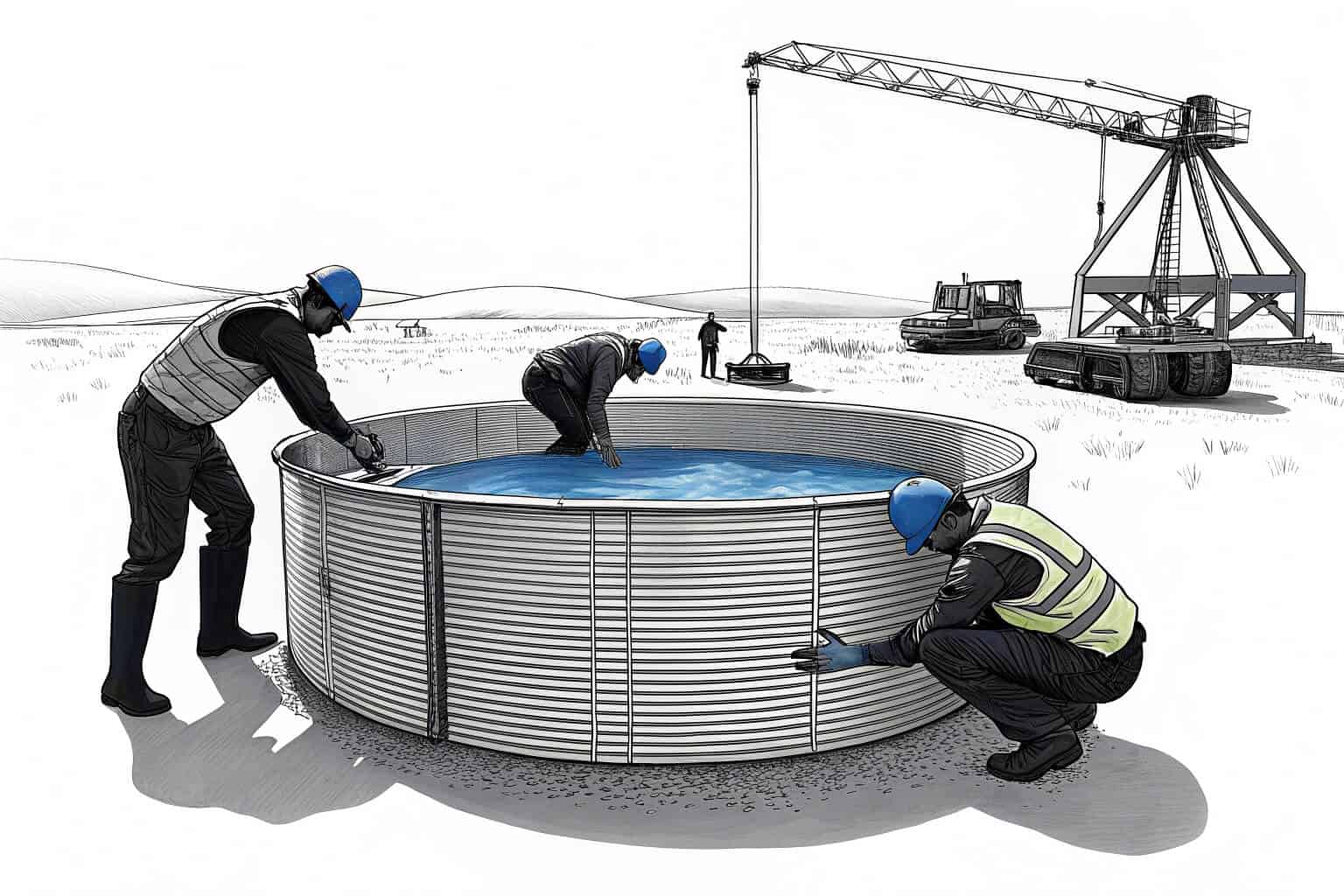
From my experience, building a fish farm is a lot like any major construction project, but with a unique focus on water. We're not just building a structure; we're creating a complete ecosystem. The choice between a traditional pond and a modern tank system like our Bancy collapsible fish tanks7 depends on factors like budget, location, and the type of fish being farmed. Let's explore the different types of farms and how they are constructed.
Traditional Earthen Ponds
This is the classic way to build a fish farm8. It starts with finding a large, flat area of land, usually clay-based to hold water well. Bulldozers and excavators are used to dig out wide, shallow ponds. The shape and size can vary, but they are designed to maximize sun exposure and natural food growth. A system of channels and gates is also built to control the flow of water in and out of the ponds. It's a method that works with nature, but it offers less control over the environment.
Modern Tank Systems
This is where our expertise at Bancy comes in. Modern farms often use large, above-ground tanks. These can be made from different materials.
| Tank Type | Material | Key Features |
|---|---|---|
| Galvanized Pipe Tank9 | Galvanized steel pipes with a PVC liner | Strong, corrosion-resistant, and easy to assemble. Great for long-term use. |
| Galvanized Sheet Tank | Galvanized steel sheets with a PVC liner | Very durable and sturdy, ideal for larger operations in various climates. |
| Collapsible Plastic Tank10 | Plastic tubes with a PVC liner | Lightweight, portable, and quick to set up. Perfect for temporary or smaller farms. |
These tanks are set up on a level surface, and then plumbing for filtration and aeration is installed. This approach gives the farmer much more control over water quality and stocking density.
Recirculating Aquaculture Systems (RAS)
RAS is the most high-tech option. It takes the tank system a step further by adding a complex water treatment system. The water from the fish tanks is pumped through a series of filters—mechanical filters to remove solid waste and biological filters to break down harmful ammonia. The clean water is then re-oxygenated and returned to the tanks. This closed-loop system uses very little new water and allows for very high-density fish farming11, even in areas with limited water resources.
How is fish prepared in China?
Ever wonder what happens to a fish after it leaves the farm in China? The journey from water to your local market involves specific preparation methods that can seem complex and mysterious.
In China, fish is primarily prepared for export by being flash-frozen or processed into fillets. Flash-freezing involves rapidly lowering the temperature to lock in freshness and texture. Filleting is done in sterile facilities where the fish are cleaned, deboned, and cut before being packaged and frozen.
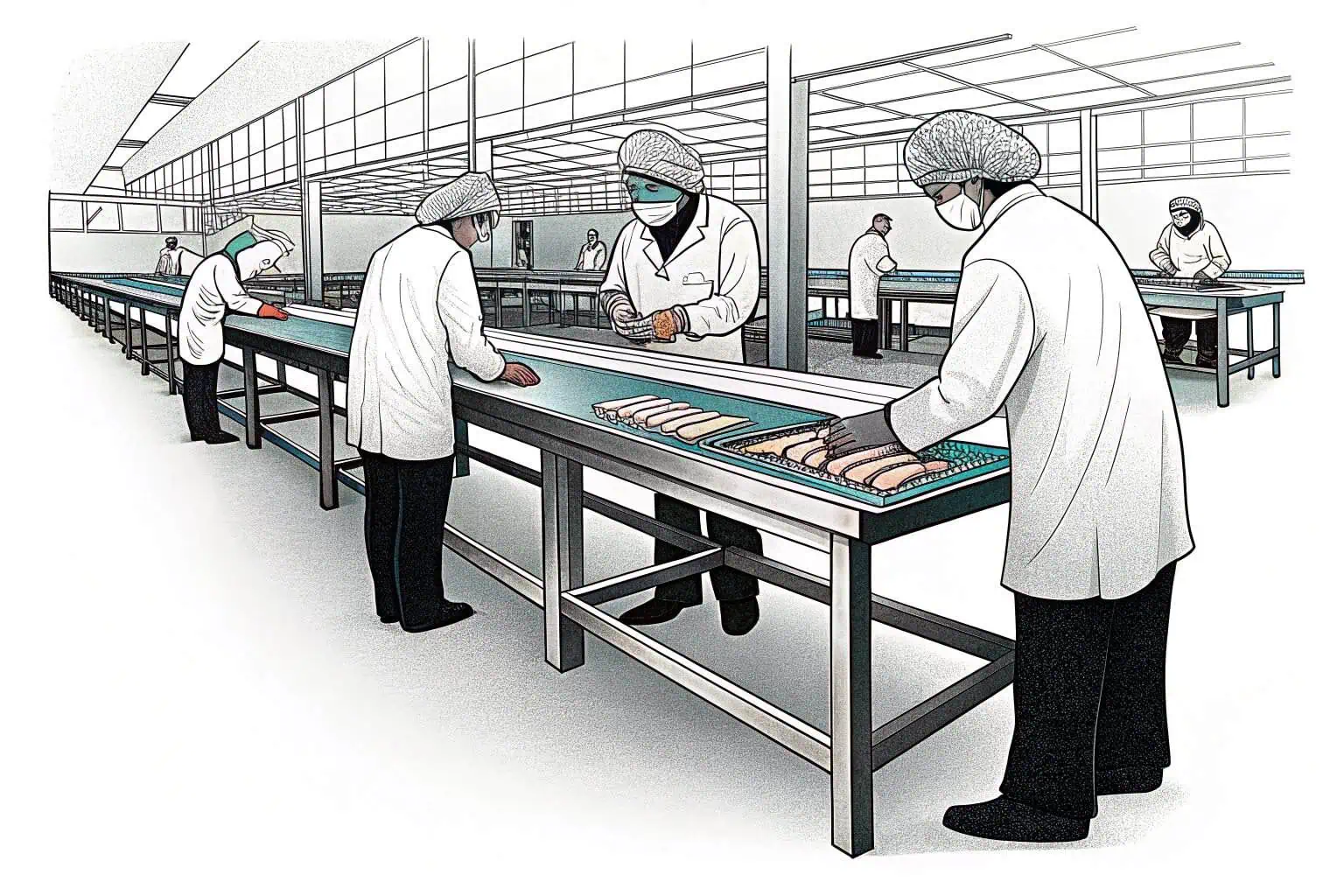
I've visited many processing plants, and the scale of the operations is impressive. The focus is always on speed and hygiene12 to preserve the quality of the fish. From the moment the fish are harvested, the clock is ticking. The methods they use are designed to ensure that the fish you buy is as fresh as possible, even if it has traveled thousands of miles. Let's look at the common preparation techniques.
Flash-Freezing
This is the most common method for whole fish. Once harvested, the fish are quickly sorted, cleaned, and then placed in a blast freezer. These freezers use extremely cold, circulating air to freeze the fish solid in a very short amount of time. This rapid process prevents large ice crystals from forming in the fish's cells, which helps to preserve its texture and flavor13. When you thaw a flash-frozen fish, it's much closer to fresh than one that was frozen slowly.
Filleting and Portioning
For products like tilapia fillets, the process is more involved. The fish are taken to a processing facility14, which is usually kept very cold to prevent bacterial growth. Workers, often on an assembly line, will quickly and skillfully fillet the fish, removing the bones and skin. The fillets are then trimmed to a standard size and weight. Quality control inspectors check the fillets for any defects before they are packaged, vacuum-sealed, and frozen.
Value-Added Processing
Beyond the initial farming and harvesting, some fish undergo further processing to transform them into value-added products, enhancing convenience and appeal for consumers. This can involve various techniques such as marinating, smoking, or pre-cooking. A common example is tilapia fillets being coated in breading or sauce before freezing, creating ready-to-cook options straight from the freezer. These processing activities take place in specialized facilities that are held to extremely stringent food safety standards15, particularly for products intended for export. This commitment to safety and quality is paramount in creating these convenient and appealing seafood options:
| Processing Stage | Description | Examples | Key Requirement |
|---|---|---|---|
| Further Processing | Transforming fish into value-added products16 | Marinating, smoking, pre-cooking, coating | Creates convenient, ready-to-cook options |
| Product Examples | Specific examples of value-added products | Breaded tilapia fillets, sauced fish portions | Designed for ease of use by consumers |
| Processing Facilities | Locations where processing takes place | Specialized facilities | Must meet very strict food safety standards, especially for export |
Is imported fish from China safe?
Still feeling uncertain about buying fish imported from China? It's a valid concern, with news stories about food safety sometimes making it hard to trust products from so far away.
Yes, imported fish from China can be safe, but it depends heavily on the supplier and the certifications they hold. Imports into countries like the U.S. and in Europe are regulated and inspected, and many Chinese producers adhere to high international standards to maintain access to these markets.
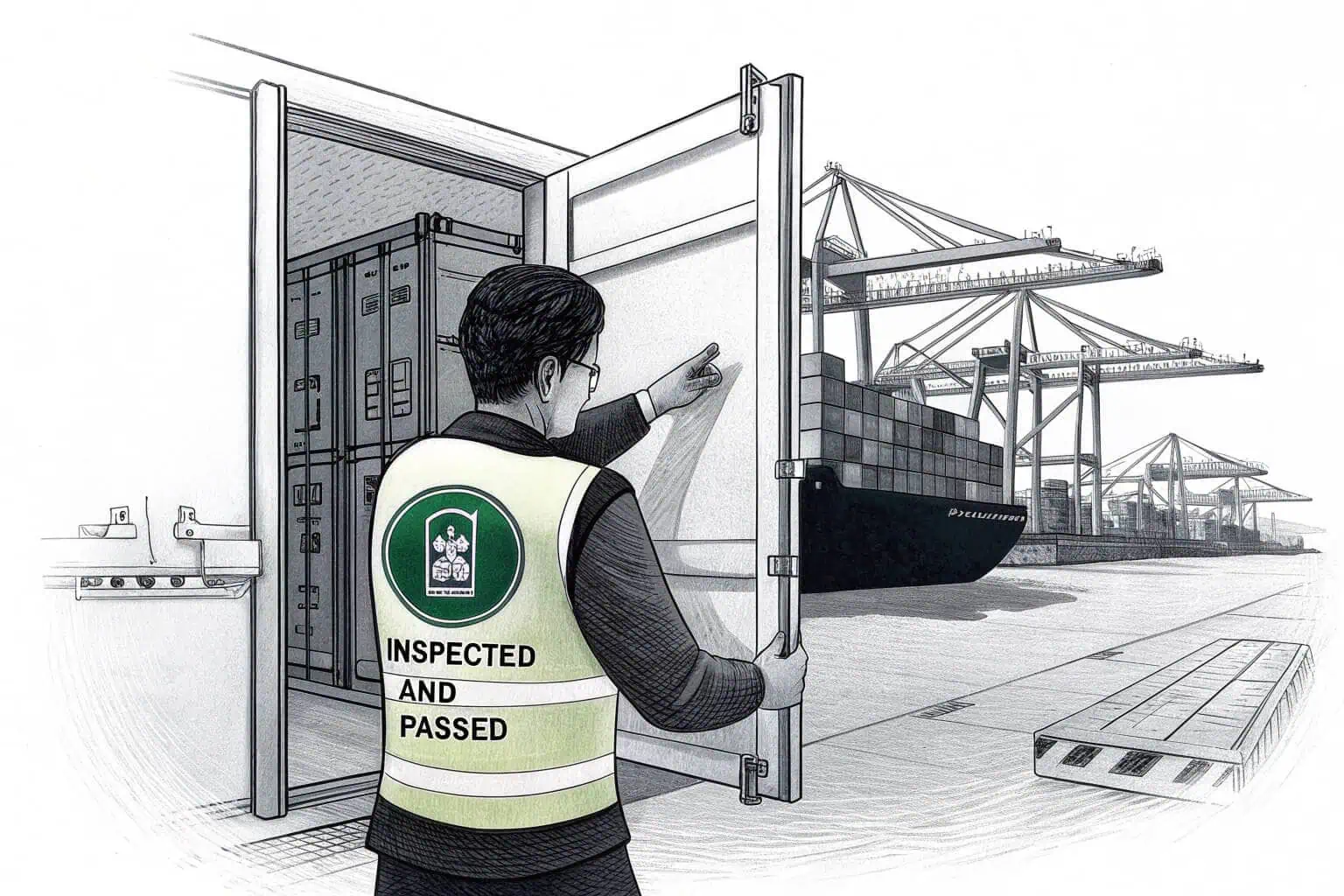
As a business owner in this industry, I know that our reputation depends on safety and quality. We can't afford to cut corners. The global seafood market is highly competitive, and the only way to succeed is to build trust. This trust is built on a foundation of rigorous testing, transparent supply chains, and a commitment to meeting or exceeding international food safety regulations. It's not just about following rules; it's about ensuring the well-being of our customers.
The Role of Government Inspections
When fish is imported, it doesn't just show up in stores. It has to pass through customs and inspections by government agencies. In the United States, the Food and Drug Administration (FDA) is responsible for ensuring the safety of imported seafood17. They conduct inspections at the border, test samples for contaminants like bacteria and unapproved drugs, and can refuse entry to any shipment that doesn't meet U.S. standards. This provides a critical layer of protection for consumers.
Supply Chain Transparency
Knowing where your food comes from is more important than ever. Reputable importers and retailers are increasingly providing more information about their supply chains18. This is often done through QR codes on packaging or information on their websites. This traceability allows you to see which farm the fish came from, what certifications it holds, and how it was processed. This transparency is a powerful tool for accountability and helps you make an informed choice.
How to Choose Safe Imported Fish
As a consumer, you have the power to choose wisely. Here are a few tips:
| What to Look For | Why It Matters |
|---|---|
| Reputable Retailers19 | Established grocery stores have their own quality standards and are more likely to source from trusted suppliers. |
| International Certifications20 | Look for labels like ASC or BAP on the packaging. These indicate the farm follows responsible practices. |
| Freshness21 | Even with frozen fish, check for signs of good quality. The packaging should be intact, and there should be no signs of freezer burn. |
By being a savvy shopper, you can confidently enjoy imported fish while minimizing any potential risks.
Conclusion
From construction to consumption, Chinese fish farms are a blend of tradition and technology. By understanding the process and looking for quality certifications, you can confidently enjoy safe, high-quality imported fish.
-
Learning about the role of transparency and regulation can enhance your understanding of food safety standards and practices. ↩
-
Discover how these factors influence fish health and farm success, providing insights into effective aquaculture management. ↩
-
Explore this link to understand the sustainable practices and regulations in Chinese tilapia farming, ensuring quality and safety for consumers. ↩
-
Exploring the reasons behind the ban on growth hormones can provide insights into food safety and regulatory standards. ↩
-
Explore the ASC to understand its role in promoting sustainable fish farming practices and ensuring environmental responsibility. ↩
-
Learn about BAP to see how it sets standards for responsible aquaculture and enhances food safety in the industry. ↩
-
Discover the innovative features of Bancy collapsible fish tanks that can enhance your fish farming experience. ↩
-
Explore this link to learn about effective techniques and innovations in fish farming that can enhance productivity and sustainability. ↩
-
Explore the advantages of Galvanized Pipe Tanks for durability and corrosion resistance in farming applications. ↩
-
Learn how Collapsible Plastic Tanks offer portability and ease of setup for smaller farming operations. ↩
-
Exploring high-density fish farming can reveal innovative methods for maximizing fish production sustainably. ↩
-
Understanding these practices can enhance your knowledge of fish quality preservation and processing efficiency. ↩
-
Learning preservation techniques can significantly improve your cooking and dining experience with frozen fish. ↩
-
Learn about the critical functions of processing facilities in ensuring seafood safety and quality, which is vital for consumers. ↩
-
Exploring food safety standards will give you insight into the rigorous measures ensuring seafood quality and consumer safety. ↩
-
Understanding value-added products can enhance your knowledge of food processing and consumer convenience. ↩
-
Exploring this topic reveals the comprehensive measures taken to protect consumers from unsafe seafood. ↩
-
Understanding supply chain transparency can help you make informed choices about the products you buy. ↩
-
Exploring this link will help you understand why choosing reputable retailers is crucial for quality and safety in your food purchases. ↩
-
Learn about the significance of these certifications to ensure you're making responsible seafood choices. ↩
-
Discover effective tips for assessing the freshness of frozen fish to ensure you're buying the best quality. ↩